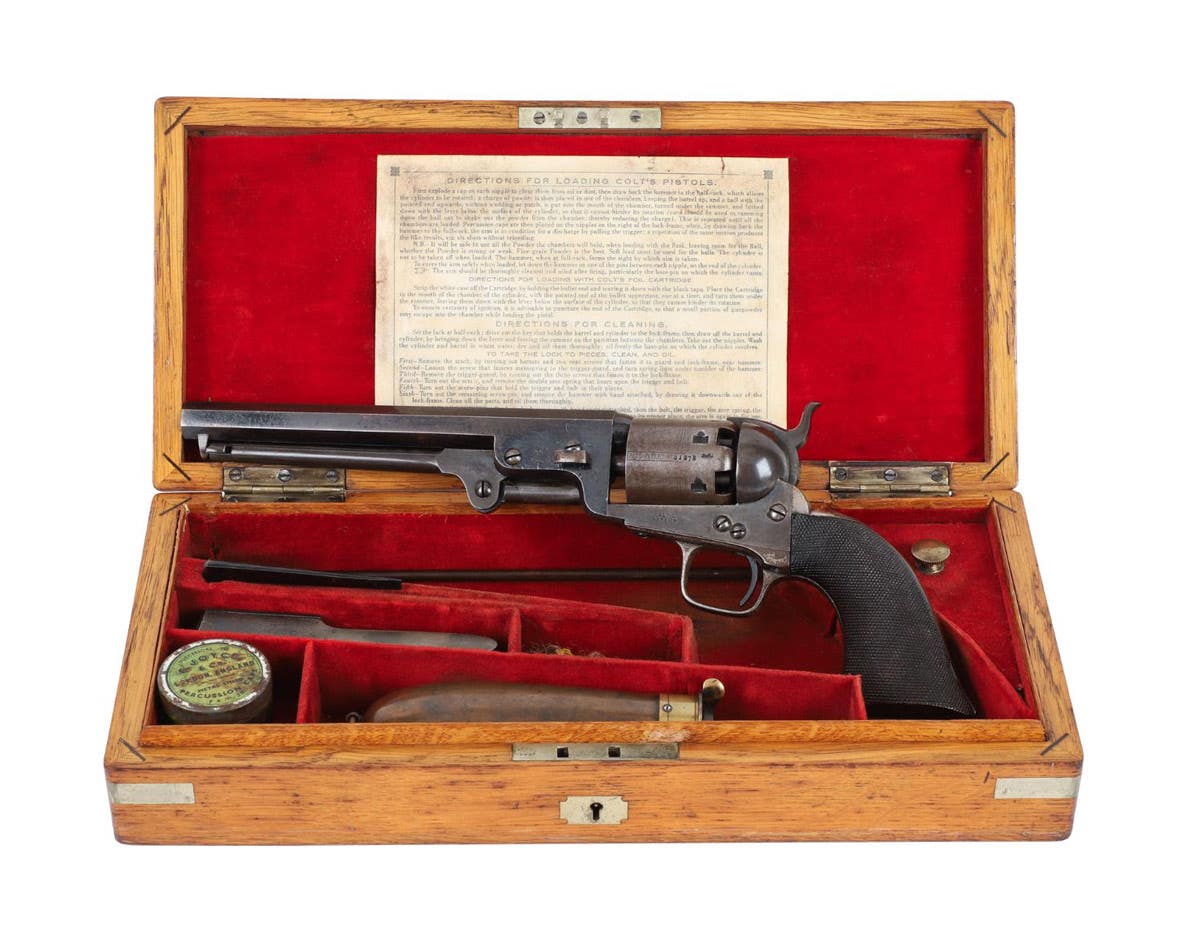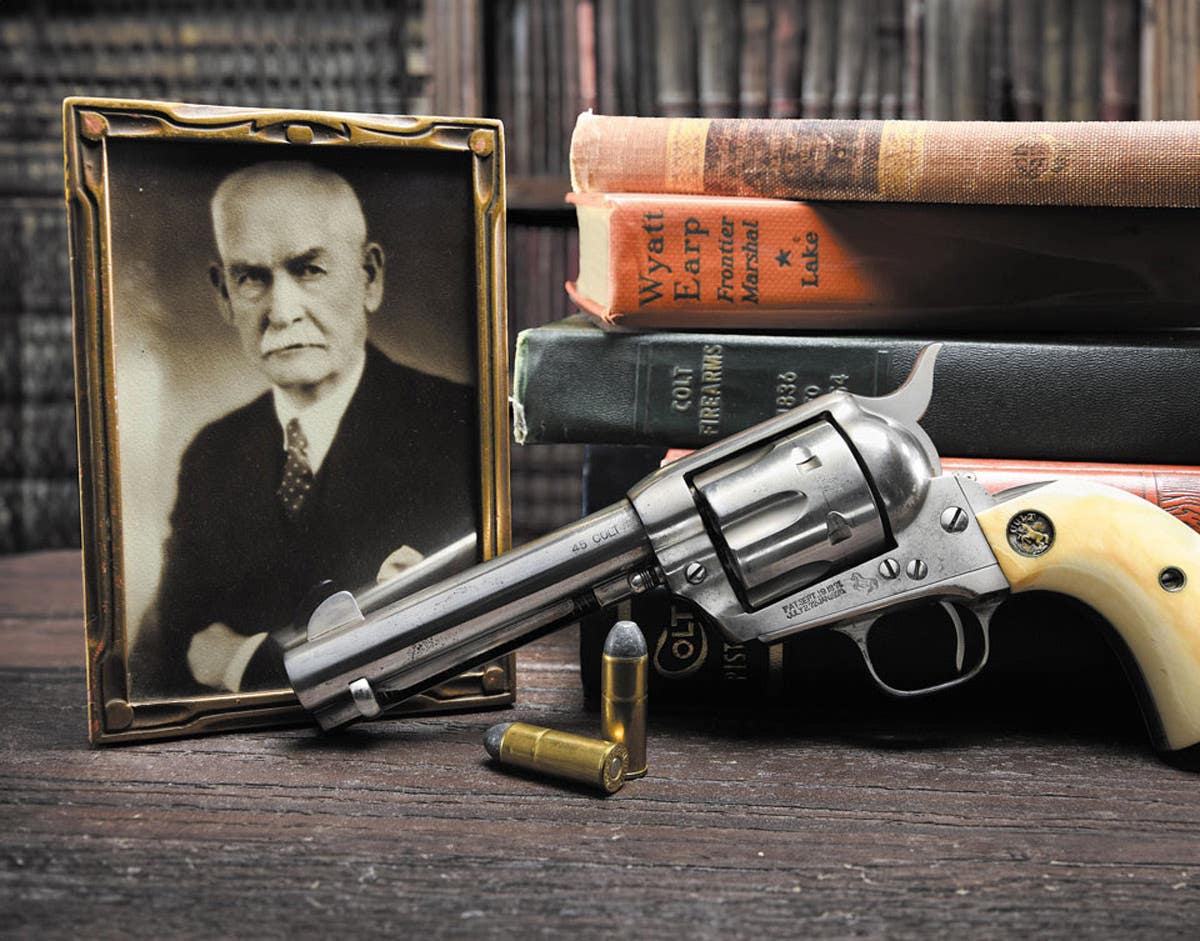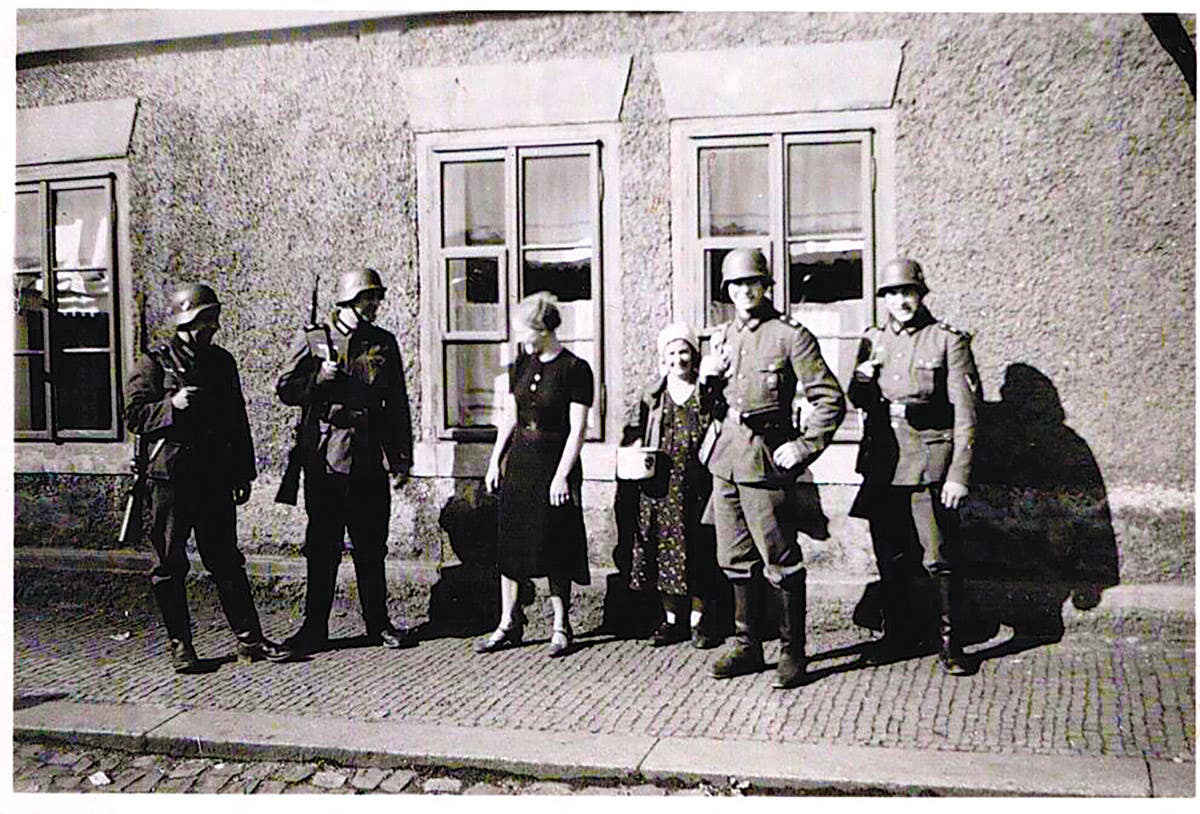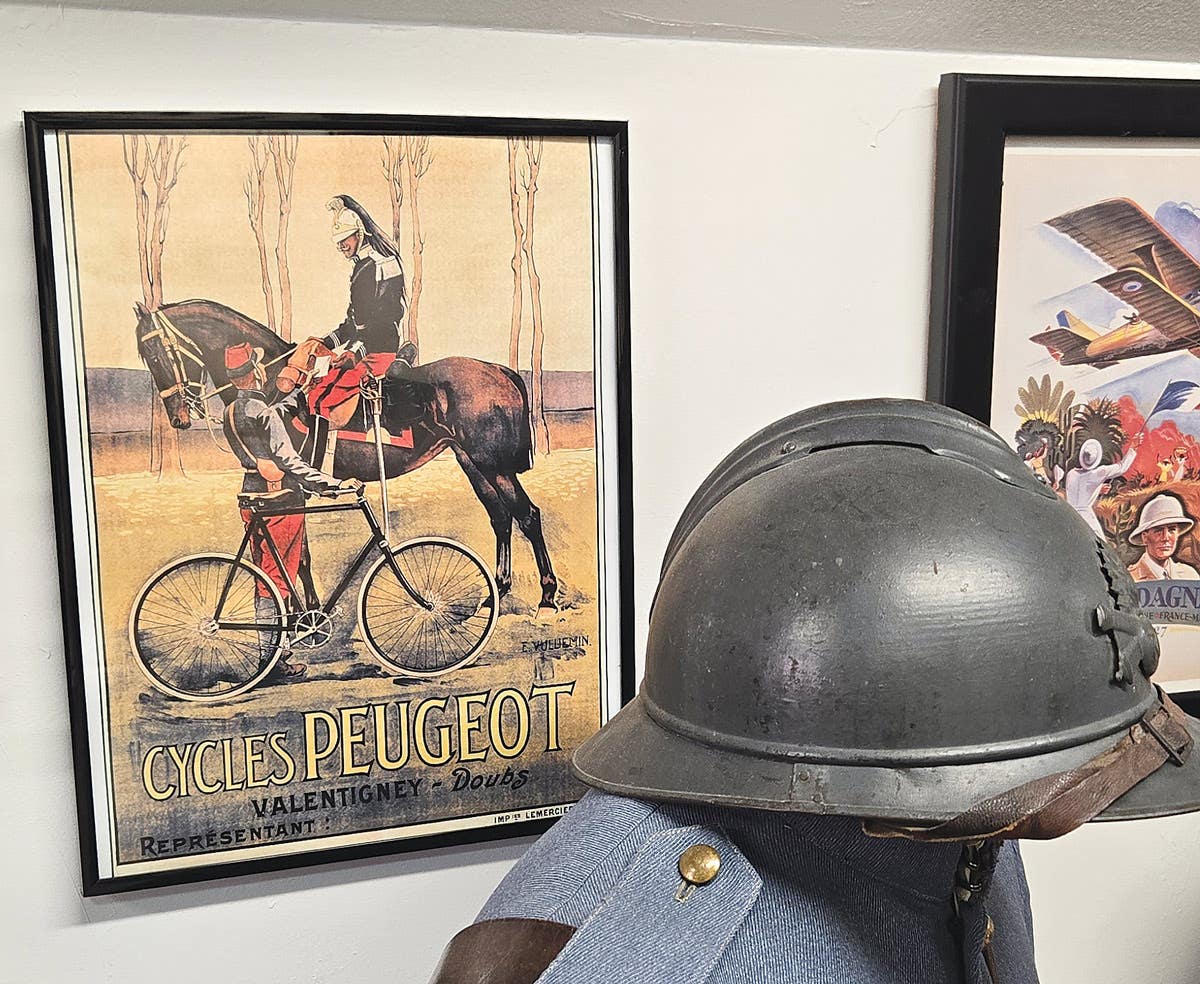Helmets, edged weapons fetch high prices at Hermann Historica
MUNICH – Helmets and edged weapons dating from the ancient world through the 19th century, exquisite Kunstkammer objects, finely decorated powder flasks and exhibits from European history dominated the 66th…
MUNICH – Helmets and edged weapons dating from the ancient world through the 19th century, exquisite Kunstkammer objects, finely decorated powder flasks and exhibits from European history dominated the 66th Auction of Hermann Historica.
All specialist areas represented by Hermann Historica – antiquities, arms and armour, works of art, hunting antiques, orders and collectibles from military history – reported excellent results, with numerous lots fetching many times their estimated price. A total of approximately 5,500 collectors' items came under the hammer at the Spring Auction 2013, held April 29-May 9.
Arms and armour, arts and crafts
Once again, significant collectors' items were on offer in the antique arms and armour category. Among them was a late Gothic crossbow covered with parchment with a sturdy prod made of horn and animal sinew. Produced circa 1500, the crossbow still retained the original prod anchors made of hemp cords. The final sold price was 25,000 euros.
Lot number 3253, a late-Gothic chamfron, which was forged in a Nuremberg workshop, bore witness to the fact that armour was not just designed to protect the human body. The centre plate bears a fan-shaped fluting, while a sturdy central ridge and flared flanges ensure optimal protection of the horse's head at all times. The chamfron sold for its estimated price of 20,000 euros. Top-quality helmets rounded off the range of objects, including one German example, completely etched with trefoils and stripes, dating from circa 1600, which sold for 13,000 euros.
As in previous auctions, the demand for high-quality, historical edged weapons was consistently high across all sections; from a knightly Italian sword from the second half of the 14th century, which sold for 10,500 euros, to an antenna hilted sword, originally part of the Munich armoury, which came under the hammer at 10,500 euros, right through to a gold and silver-inlaid German rapier, dated circa 1600, which was acquired for 15,000 euros.
Military history and historical objects
The first day of the militaria auction was entirely characterised by the Russian double-headed eagle. Once again, consistently outstanding results were obtained for first-class artefacts from the Tsarist Empire. The oil portrait of Alexandre Feodorovitch d'Andrault Compte de Langeron (1763 - 1831) was acquired by a Moscow private collection for an impressive sum of 84,000 euros. Estimated at 12,000 euros, the painting from the atelier of the court and chamber painter of Emperor Franz II, Josef Kreutzinger (1757 - 1829), caused a flurry of excitement almost immediately with lively participation. Langeron represents one of the most fascinating military biographies of the 18th and early 19th century. Having served in the French army from the age of five, he completed initial deployments in Haiti at 19 and later served in the American War of Independence under General Rochambeau. As a royalist, he escaped from the confusions of the French Revolution and offered his services to Russia; rising to the rank of an infantry general, he subsequently took part in all of Napoleon I's battles until 1814, including the Battle of the Nations in Leipzig 1813. He later became governor of Odessa and, from 1822, governor general of what was then known as New Russia.
Bidding started at 9,000 euros for a splendid Russian kinjal, presented by Tsar Nicholas II as a personal gift to Lieutenant General Ernst August Anton Hermann Otto von Lauenstein (1857 - 1916). Once again, it was demonstrated that high-quality pieces of verifiable provenance from renowned workshops, in this case from the famous Tiflis armourer and purveyor to the Imperial Russian court, Iosif Popov, command excellent prices. This 1864 dagger went on to fetch 58,000 euros. No less a stir was caused by an embroidered Breast Star of the Russian Order of St. Vladimir, which once belonged to Baron Jean-Pierre Chambrier d'Oleyres. With a starting price of 3,000 euros, the hammer finally fell at a formidable 48,000 euros.
However, it was not just items from military careers of Russian origin that attracted lively interest, memorabilia from the personal property of members of the Bavarian and Austrian ruling houses were still in great demand. The highlight of the 66th auction was a sumptuous and magnificent object of museum quality and imperial provenance. Modelled after the famous original in the Basilica of the Holy Blood in Bruges, the reliquary was presented by the Belgian royal family to Franz Joseph I (1830 - 1916) and Empress Elisabeth (1837 - 1898) in 1888 to commemorate the 40th anniversary of the Emperor's accession to the throne. With an estimate of 250,000 euros, this exquisite example of jeweller's craftsmanship, created by the Viennese imperial court jeweller Ludwig Politzer, sold for 275,000 euros. Another item belonging to Emperor Franz Joseph I, his 1912 personal house overcoat known as the "Bonjourl," changed hands for the sensational sum of 140,000 euros. In outstanding condition and bearing the tailor's label of the purveyor to the court "A. Uzel & Sohn," this imperial garment was open to bids from 12,500 euros; the overcoat now adorns the extensive Plachutta collection of 2,000 imperial antiquities in Vienna.
There were also favourable prices for silverware from the Royal Bavarian Court: for example, starting at 11,500 euros, an ornate silverware chest belonging to Prince Alfons of Bavaria (1862 – 1933), made by the Royal Bavarian Court Silversmith Eduard Wollenweber, fetched 17,000 euros, and the personal military eating utensil set used by King Ludwig II of Bavaria (1845 - 1886), with a reserve of 950 euros, ultimately found a buyer at a formidable sum of 10,500 euros.
Fine antique and modern firearms
Already prior to the auction, the rare and unique items on offer from an important major German private collection generated considerable interest, whetting buyers' appetites. One outstanding example was a splendid gilt powder flask with iron chiselling from the Munich workshop of Caspar Spät, circa 1640. Finely engraved bone plaques depicting mythological scenes adorn the broad sides of the curved, octagonal fruitwood body, while the narrow sides are decorated with animals and tendrils. Similar pieces can be found in L'Armeria Reale in Turin and are attributed to Emanuel Sadeler, chiseller of Munich and Adam Vischer, stockmaker. The flask found an European buyer for 50,000 euros.
A Schwäbisch-Gmünd powder flask carved with hunting themes from the workshop Maucher in circa 1680, sold for the winning bid of 20,000 euros. Moreover, the antique firearms from this collection were also much sought after: for example, a Silesian wheellock petronel, lavishly inlaid with bone and decorated with engraved mother-of-pearl, which was acquired for 18,000 euros. Of other origin but equally well received was a wheellock pistol for officers of the Saxon Electorate Life Guards made by the Dresden gunsmith Zacharias Herold, circa 1600. The hammer fell at 30,000 euros for this well-maintained armoury weapon with its ornate floral decorations.
Modern arms were also up for auction. The hammer fell at 10,000 euros for a rare Henry repeating rifle, calibre 44, in fine condition. An Adler calibre 7.25 self-loading pistol dating from 1906/07 sold for 8,000 euros and a 1901 Mannlicher self-loading pistol carbine for 7,700 euros.
All prices are net prices and are to be understood plus 23 percent surcharge. Unsold objects can still be purchased. Visit www.hermann-historica.com to learn more.
All Pictures Copyright Hermann Historica oHG 2013








